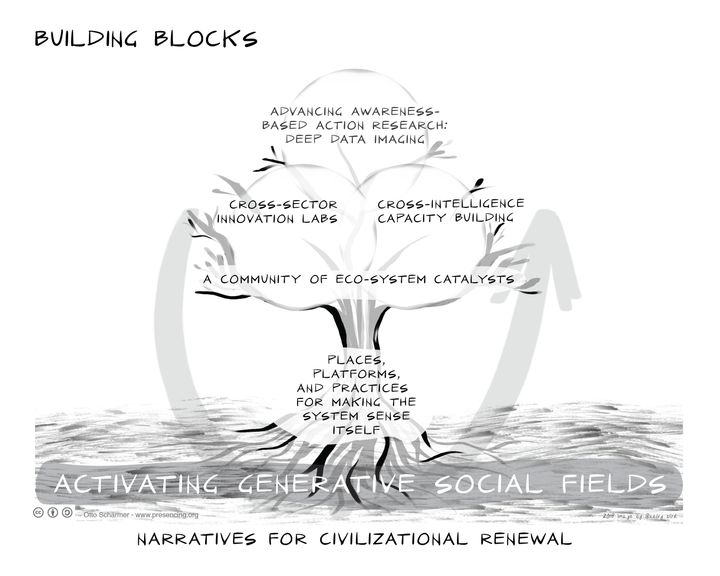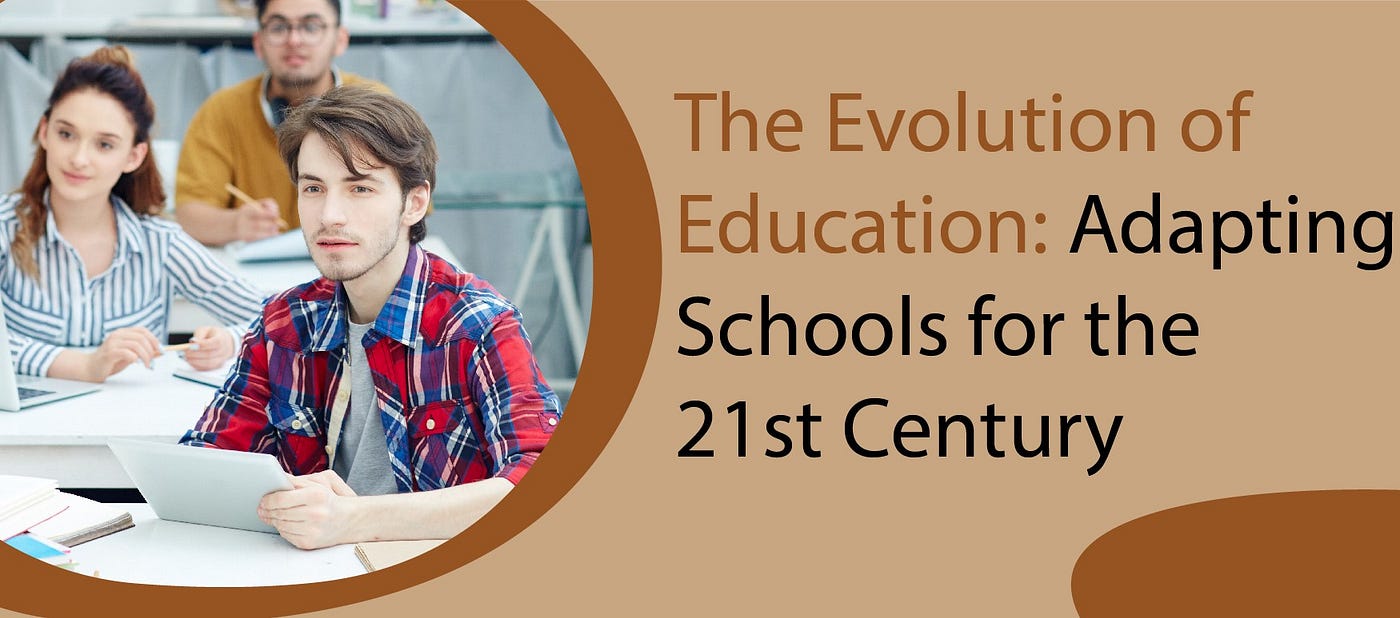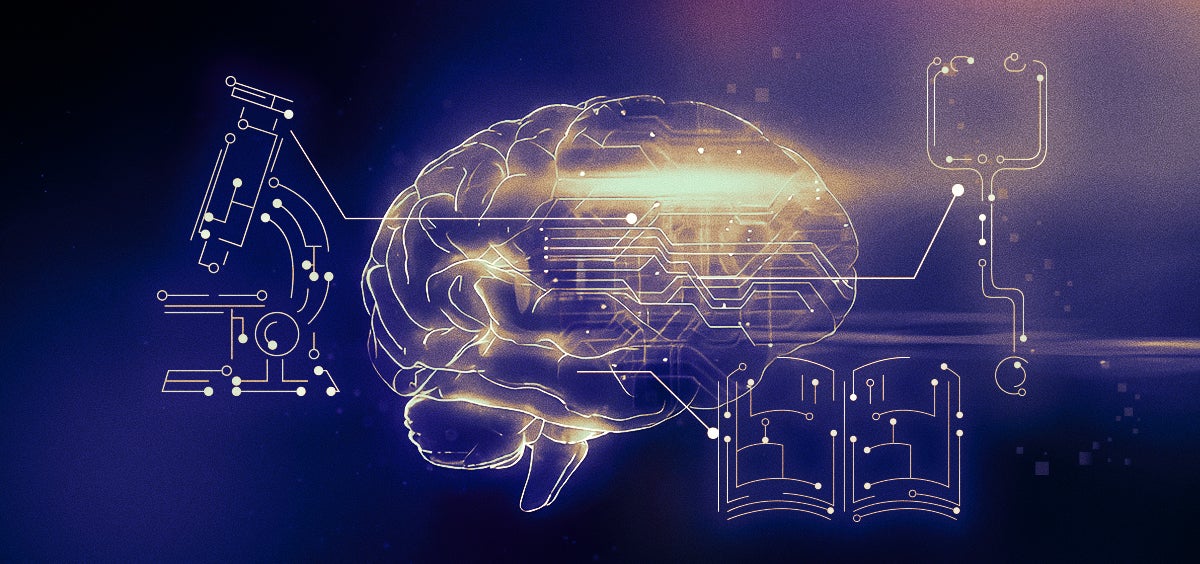Elementary education has undergone significant transformations over the years, reflecting changing societal needs and advancements in educational theory and technology. From the traditional teacher-centered approach to modern student-centered learning, elementary education has evolved to meet the diverse needs of young learners. This article delves into the journey of elementary education, exploring the pedagogical shifts, curricular changes, and technological advancements that have shaped its evolution.
The Evolution of Elementary Education
Elementary education has come a long way over the years. In the past, teachers were the main source of information for students. They would stand in front of the class and lecture, and students would listen and take notes. Today, there are many different ways for students to learn. They can use textbooks, computers, and even the internet. Teachers are still important, but they are now more like guides who help students learn.
The curriculum has also changed over time. In the past, students learned mostly about reading, writing, and arithmetic. Today, they learn about a wider range of subjects, including science, social studies, and art. This is because we now know that students need to learn about more than just the basics in order to be successful in life.
| Year | Major Changes |
|---|---|
| 1800s | One-room schoolhouses were common. |
| 1900s | Graded schools and compulsory education laws were introduced. |
| 1950s | The baby boom led to a surge in school enrollment. |
| 1960s | Civil rights legislation led to desegregation of schools. |
| 1970s | Special education services were expanded. |
| 1980s | Computers were introduced into schools. |
| 1990s | The internet became widely available in schools. |
| 2000s | No Child Left Behind Act was passed. |
| 2010s | Common Core State Standards were adopted. |
Technology has also had a major impact on elementary education. In the past, students had to rely on textbooks and encyclopedias to learn about the world. Today, they can access information from all over the world with just a few clicks of a mouse. This has made learning more accessible and engaging for students.
- In the early days of elementary education, students learned mostly through rote memorization.
- Today, students are encouraged to be more active learners and to develop their critical thinking skills.
- Technology has played a major role in this shift, as it has made it easier for students to access information and to collaborate with their peers.
The evolution of elementary education is an ongoing process. As we learn more about how children learn, we will continue to develop new and innovative ways to teach them.

Changing Pedagogies and Curricula
Shifting Teaching Methods
In the past, teachers were the main source of information for students. They would stand in front of the class and lecture, and students would listen and take notes. Today, there are many different ways for students to learn. They can use textbooks, computers, and even the internet. Teachers are still important, but they are now more like guides who help students learn.
- In the early days of elementary education, students learned mostly through rote memorization.
- Today, students are encouraged to be more active learners and to develop their critical thinking skills.
- Technology has played a major role in this shift, as it has made it easier for students to access information and to collaborate with their peers.
Evolving Curriculum
The curriculum has also changed over time. In the past, students learned mostly about reading, writing, and arithmetic. Today, they learn about a wider range of subjects, including science, social studies, and art. This is because we now know that students need to learn about more than just the basics in order to be successful in life.
| Year | Major Changes |
|---|---|
| 1800s | One-room schoolhouses were common. |
| 1900s | Graded schools and compulsory education laws were introduced. |
| 1950s | The baby boom led to a surge in school enrollment. |
| 1960s | Civil rights legislation led to desegregation of schools. |
| 1970s | Special education services were expanded. |
| 1980s | Computers were introduced into schools. |
| 1990s | The internet became widely available in schools. |
| 2000s | No Child Left Behind Act was passed. |
| 2010s | Common Core State Standards were adopted. |
For example, science education has become increasingly important in recent years as we have come to understand the importance of science and technology in our world. Social studies education has also become more important as we have become more aware of the interconnectedness of the world. And art education has become more important as we have come to appreciate the role that creativity plays in our lives.

Technology’s Impact on Elementary Education
Interactive Learning
Technology has made learning more interactive and engaging for students. Interactive whiteboards, tablets, and computers allow students to participate in lessons in new ways. They can play games, solve puzzles, and even create their own projects. This helps to keep students motivated and interested in learning.
- Interactive whiteboards allow students to interact with lessons in a fun and engaging way.
- Tablets and computers give students access to a wide range of learning resources.
- Students can use technology to create their own projects and presentations.
Personalized Learning
Technology can also be used to personalize learning for each student. Adaptive learning software can track each student’s progress and adjust the difficulty of the material accordingly. This helps to ensure that each student is challenged but not overwhelmed.
| Name | Age | Grade |
|---|---|---|
| John | 10 | 4th |
| Mary | 9 | 3rd |
| Bob | 11 | 5th |
Storytelling is a powerful teaching tool that can be used to engage students and help them learn new concepts. By using technology to create interactive stories, teachers can make learning more fun and memorable for students.
Collaboration and Communication
Technology can also be used to promote collaboration and communication between students. Online forums and discussion boards allow students to share ideas and work together on projects. Video conferencing allows students to connect with classmates from all over the world.
- Online forums and discussion boards allow students to share ideas and collaborate on projects.
- Video conferencing allows students to connect with classmates from all over the world.
- Technology can be used to create online communities where students can learn from and support each other.

Emerging Trends and Future Directions
Personalized Learning
Personalized learning is a growing trend in education. This approach involves tailoring instruction to the individual needs of each student. Personalized learning can take many forms, such as online learning, blended learning, and project-based learning. One of the benefits of personalized learning is that it can help students learn at their own pace and in a way that is most effective for them.
- Personalized learning allows students to learn at their own pace.
- Personalized learning can be tailored to the individual needs of each student.
- Personalized learning can help students learn in a way that is most effective for them.
Technology Integration
Technology is playing an increasingly important role in education. Technology can be used to support personalized learning, provide students with access to a wider range of learning resources, and promote collaboration and communication. Some of the most popular educational technologies include interactive whiteboards, tablets, and computers.
| Name | Age | Grade |
|---|---|---|
| John | 10 | 4th |
| Mary | 9 | 3rd |
| Bob | 11 | 5th |
Storytelling is a powerful teaching tool that can be used to engage students and help them learn new concepts. By using technology to create interactive stories, teachers can make learning more fun and memorable for students.
Global Education
Global education is another growing trend in education. This approach involves preparing students to live and work in a globalized world. Global education can take many forms, such as studying foreign languages, learning about different cultures, and participating in international exchange programs.
- Global education prepares students to live and work in a globalized world.
- Global education can take many forms, such as studying foreign languages, learning about different cultures, and participating in international exchange programs.
- Global education can help students develop the skills and knowledge they need to succeed in a global economy.

Final Thought
The evolution of elementary education is an ongoing journey, driven by the desire to provide young learners with the knowledge, skills, and values they need to thrive in the 21st century. As we look towards the future, we can expect continued innovation and progress in elementary education, with a focus on personalization, technology integration, and fostering a love of learning in every child.



